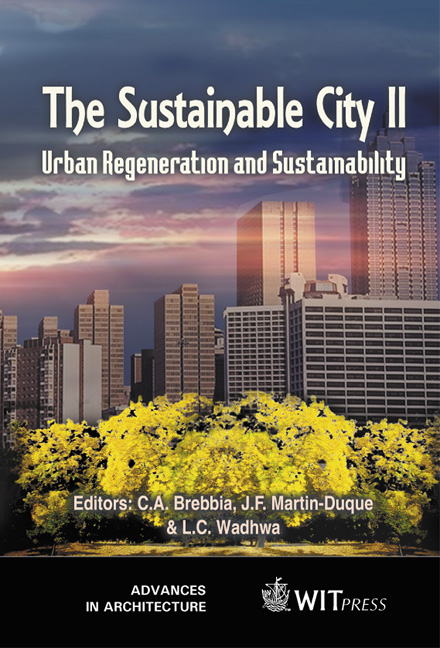Madrid Public Transport Authority: A Bet On A Future Viable Urban Environment
Price
Free (open access)
Transaction
Volume
54
Pages
Published
2002
Size
557 kb
Paper DOI
10.2495/URS020751
Copyright
WIT Press
Author(s)
C Cristóbal-Pinto & J –D González
Abstract
Madrid metropolitan area, with more than 5 million inhabitants, relatively high car ownership, high public transport modal split and high traffic congestion, is involved in an ongoing maturity process, pointed up during the last years. The complex metropolitan structure requires an efficient transport system with the capability to manage the different flows derived from its intense socio-economic activities. With such an objective, a competitive public transport system, able to satisfy the citizens mobility needs in a proper way, is demanded. Networks and operators diversity should be faced with a comprehensive and efficiently man- aged organisation, playing the transport authority a key role in the co-ordination of public transport services, both from public and private companies. Underlying this scenario is the Madrid Regional Transport Consortium, created sixteen years ago as a public transport authority aimed to promote an environmentally friendly mix of transport services, with a strategy based on three fundamental features: administrative, fare and modal integration. It firmly contributes to the sustainable development goal at the same time than users can take advantage of a large transport network that facilitates 1,486 million trips annually with very suitable high-quality and seamless journey conditions. 1 Background information In the beginning of the 80s, the Madrid region, like the rest of the country, was subject to several different tensions created by the following events: The energy crisis that broke out at the end of the 70s and the beginning of the 80s increased unemployment rates to levels above 20%.
Keywords





